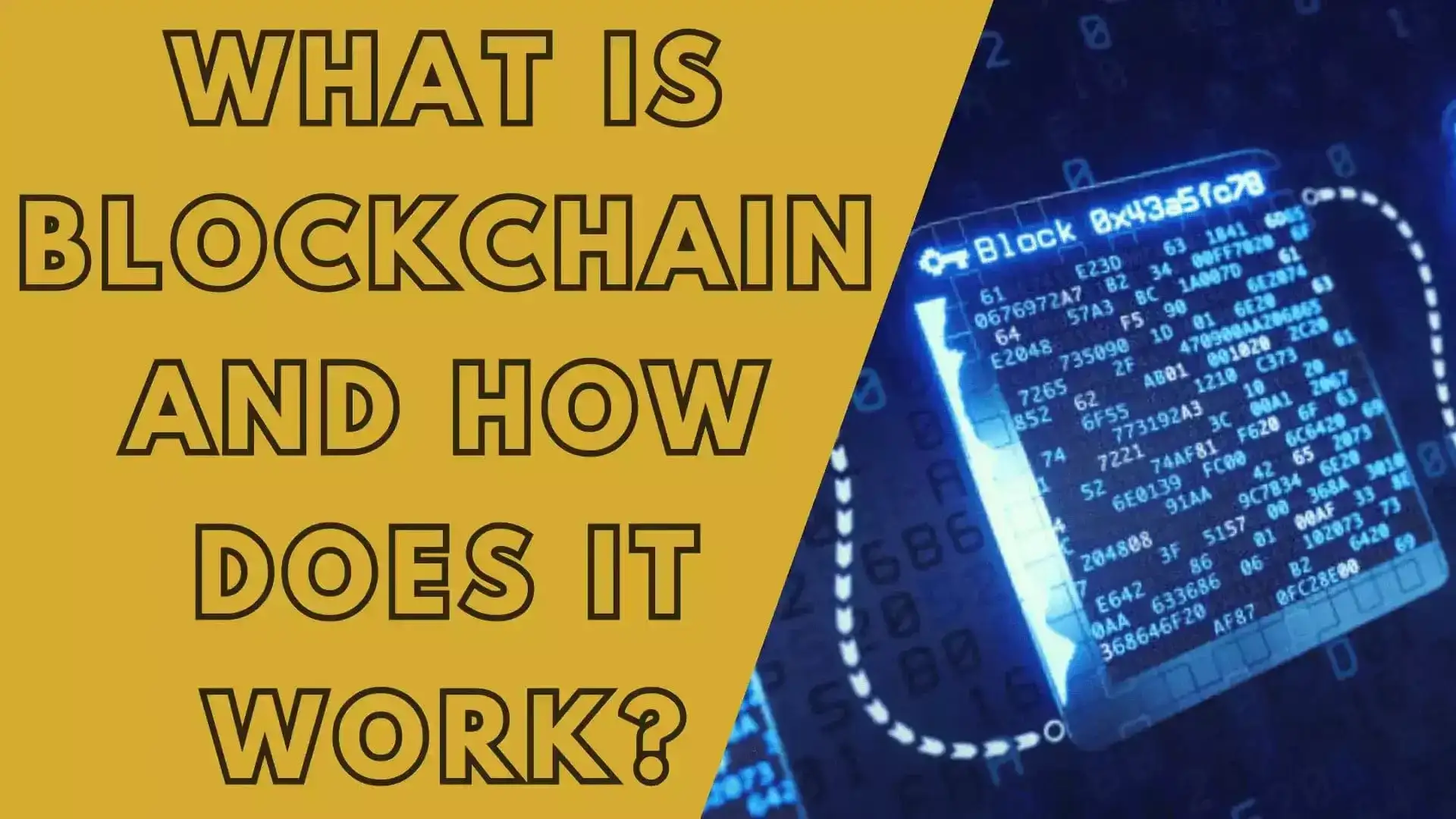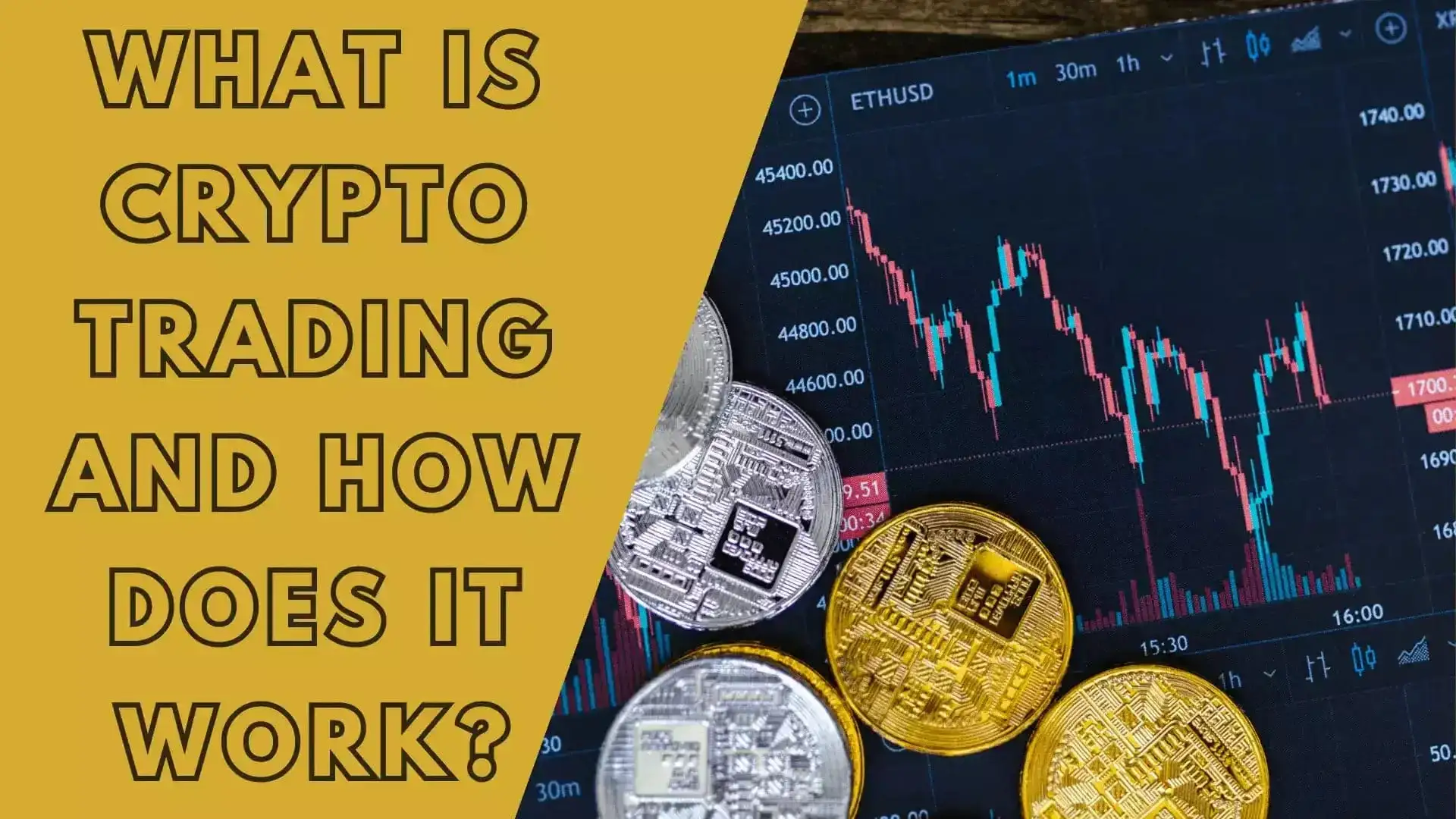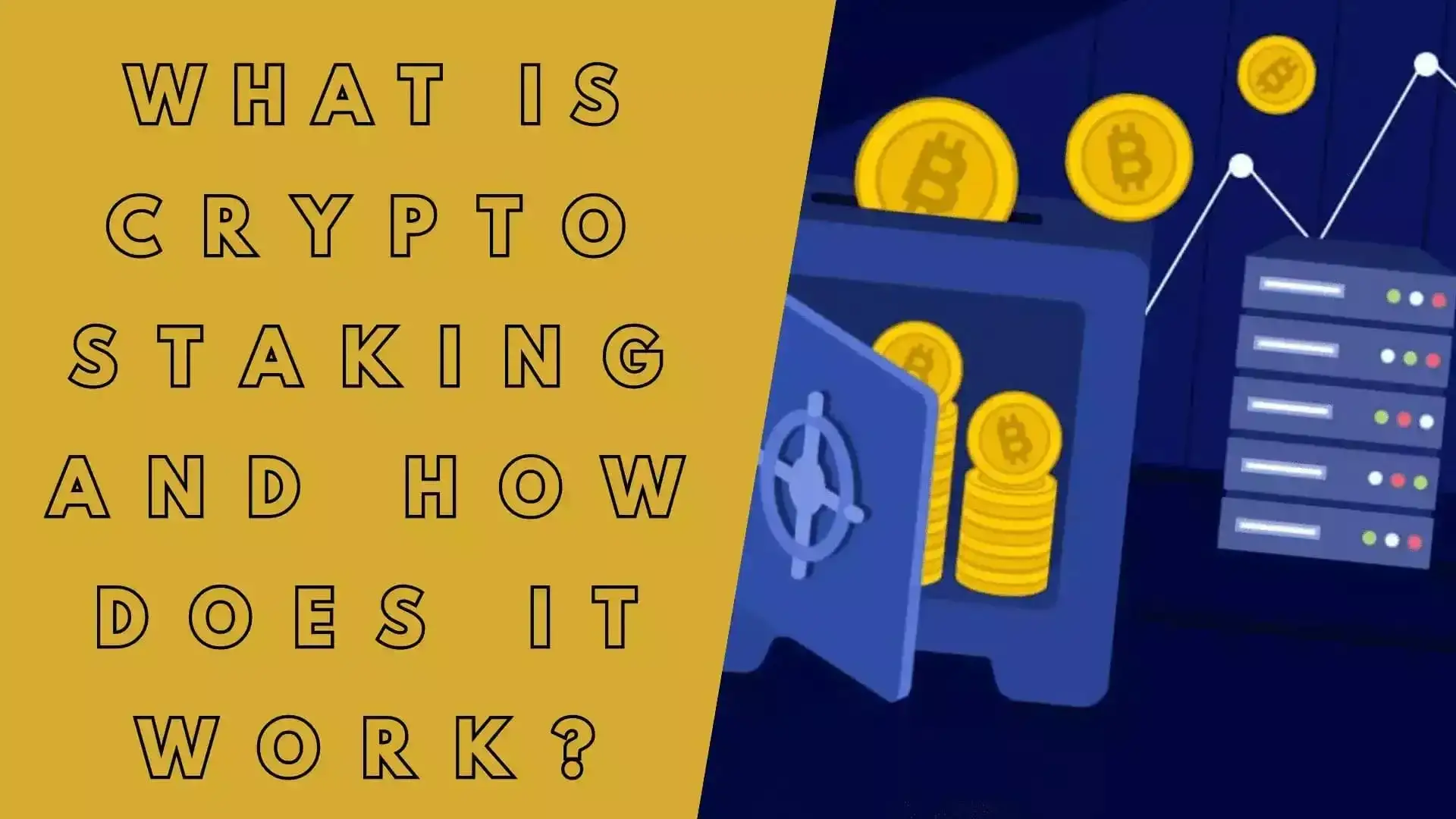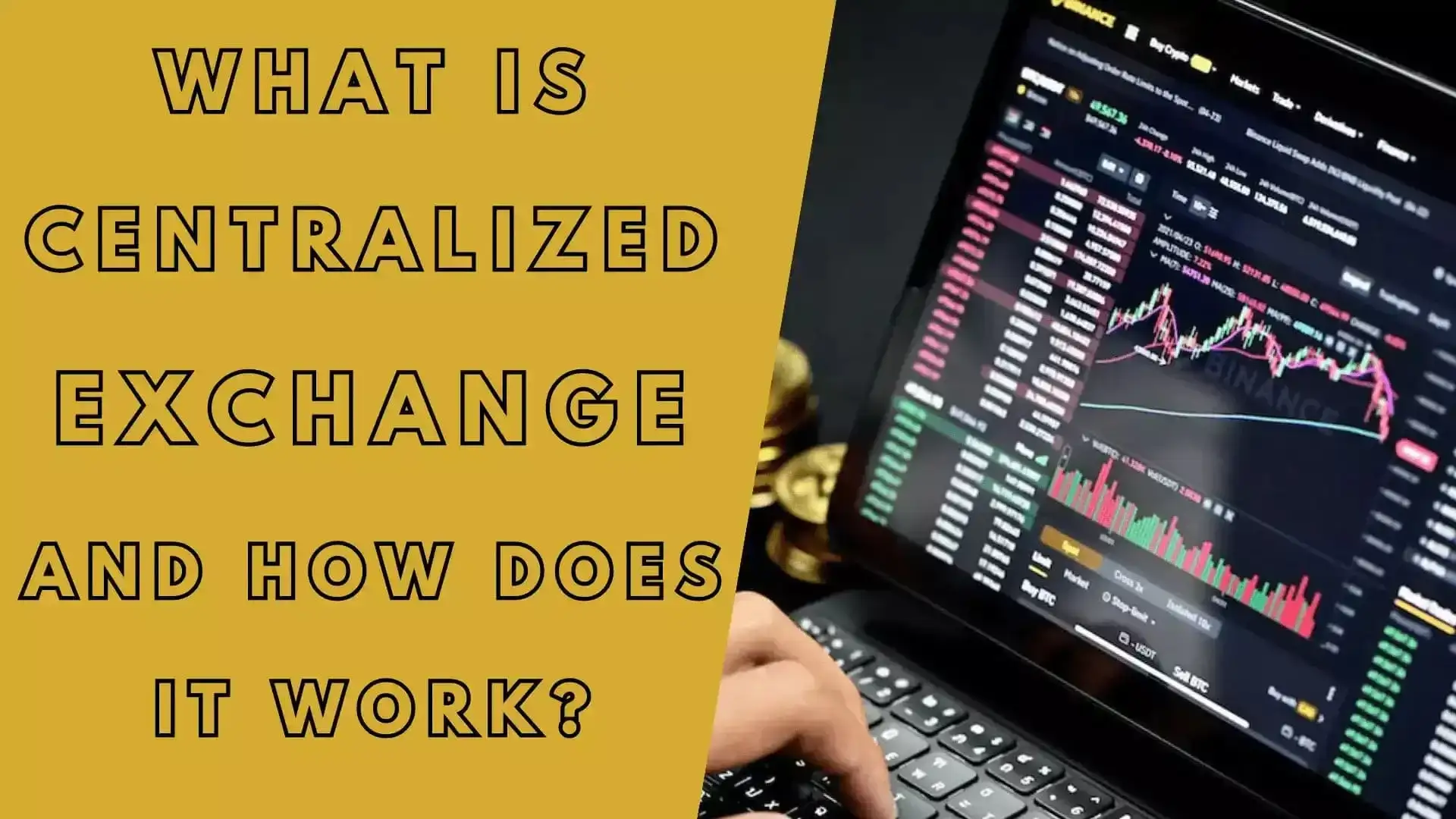What Is Cryptocurrency Mining and How Does It Work?
Cryptocurrency mining is the process by which new units of a cryptocurrency are created and added to its blockchain. It's a crucial aspect of many decentralized cryptocurrencies, like Bitcoin, Ethereum, and others, that use a proof-of-work (PoW) consensus mechanism. Mining involves solving complex mathematical puzzles using computational power, and miners are rewarded with newly minted cryptocurrency units for their efforts. Here's how it generally works:
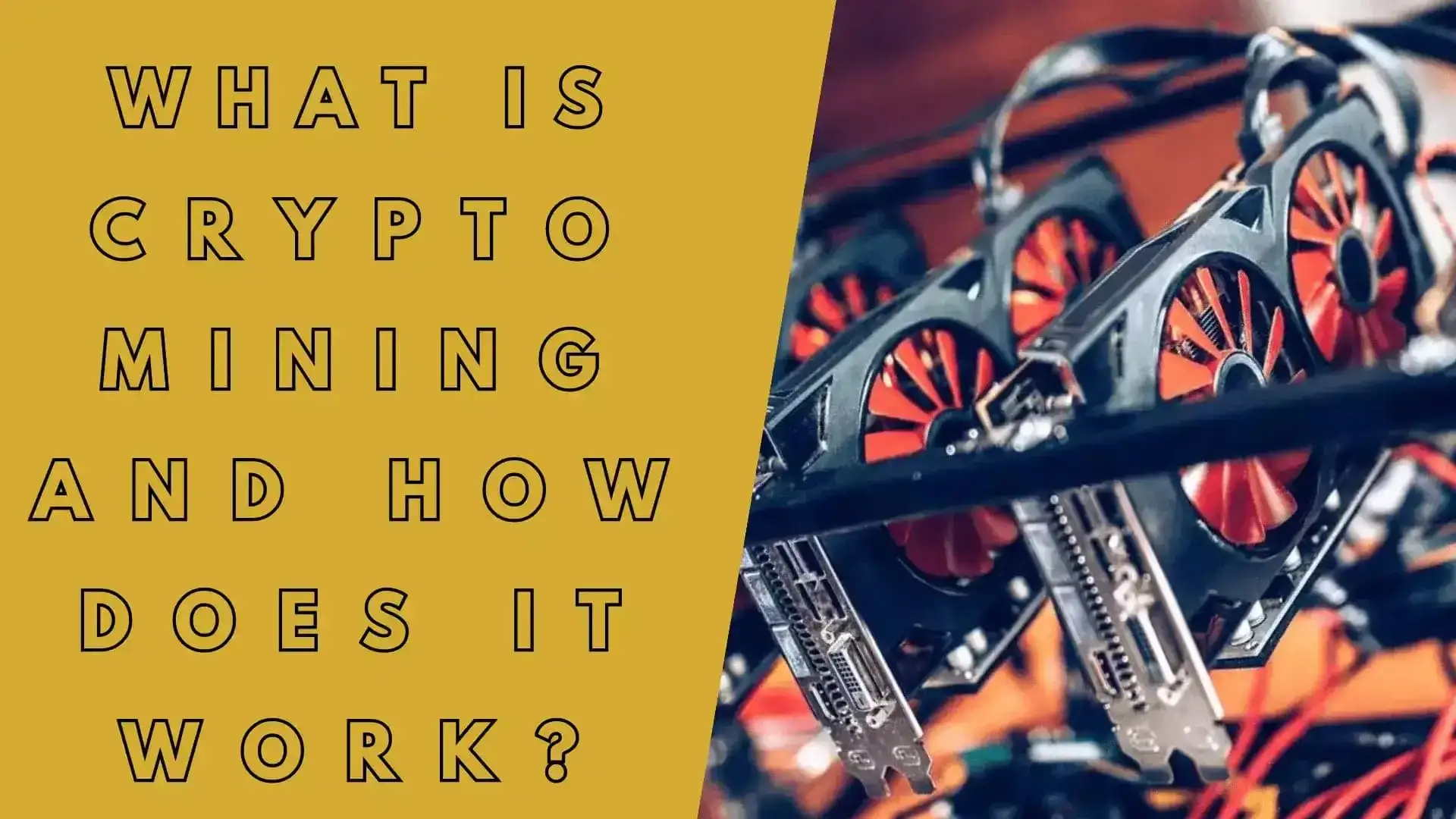
Posted on 3 Sep 2023
Key characteristics of decentralized exchanges include:
- Transaction Validation: In a cryptocurrency network, users send and receive digital transactions. These transactions are collected into blocks by network participants.
- Block Creation: Miners compete to create a new block of transactions. A block is essentially a collection of transactions from the cryptocurrency's network.
- Proof-of-Work: DTo add a block to the blockchain, miners must solve a complex mathematical puzzle. This puzzle requires significant computational effort. The first miner to solve the puzzle broadcasts the solution to the network.
- Verification: Other miners verify the solution. If it's correct, the new block is added to the blockchain, and the transactions it contains are considered confirmed.
- Block Reward: As a reward for successfully mining a block, the miner receives a certain number of newly created cryptocurrency units (the block reward) and any transaction fees associated with the transactions in the block.
- Difficulty Adjustment: Cryptocurrency networks dynamically adjust the difficulty of the mathematical puzzles to ensure that new blocks are added to the blockchain at a consistent rate, typically every 10 minutes for Bitcoin. This adjustment helps maintain a steady supply of new coins and prevents miners from creating blocks too quickly or too slowly.
- Competition: Mining is highly competitive because only one miner's solution gets accepted. Miners use powerful hardware (often specialized ASICs for PoW-based cryptocurrencies) and join mining pools to combine their computational power and increase their chances of successfully mining blocks and earning rewards.
- Decentralization and Security: Cryptocurrency mining decentralizes control over the network. Since miners compete to solve puzzles, no single entity can control the process. This decentralized nature makes it difficult for malicious actors to manipulate the blockchain.
- Halving: Many cryptocurrencies, like Bitcoin, have a mechanism called "halving" built into their protocol. This means that over time, the block reward decreases. For instance, in Bitcoin, the block reward is halved approximately every four years. This scarcity mechanism is designed to control the total supply of the cryptocurrency.
It's worth noting that while mining is a fundamental part of many cryptocurrencies, it does have environmental implications due to the significant energy consumption of the required hardware. As a result, some cryptocurrencies are exploring alternative consensus mechanisms, such as proof-of-stake (PoS), to achieve network security and transaction validation without the energy-intensive mining process.

